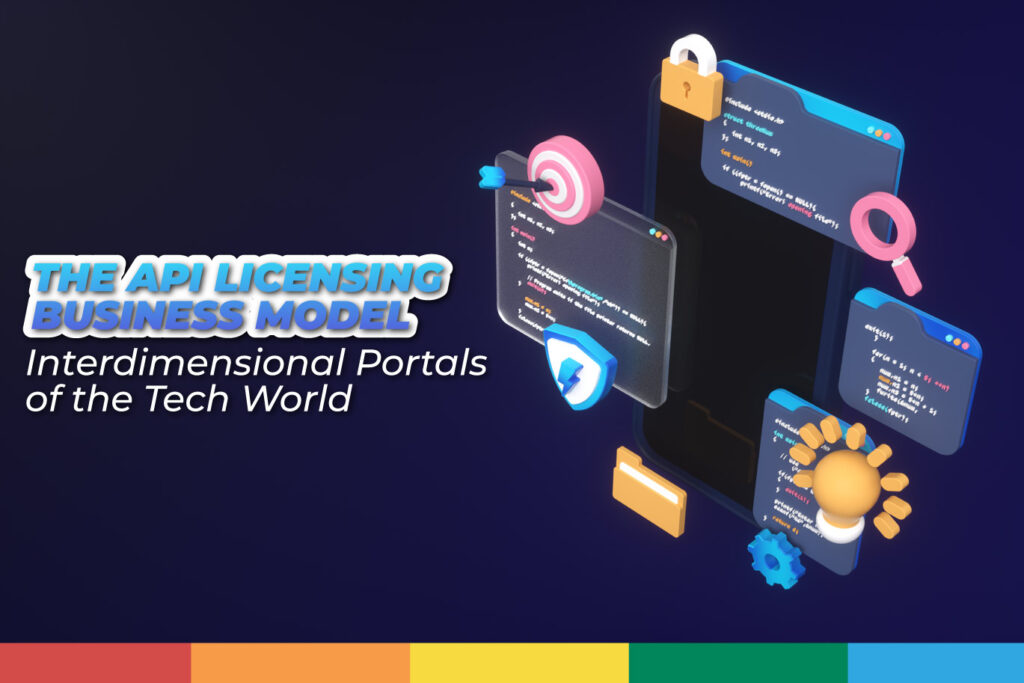The API Licensing Business Model has emerged as a powerhouse strategy. APIs (Application Programming Interfaces) facilitate seamless communication between different software applications and services. In this article, we’ll dive into the world of APIs, explaining how they work within the API Licensing Business Model, and drawing parallels with different universes, just like Dr. Strange!
The API Licensing Business Model and the API Multiverse
But how do APIs work? Imagine APIs as digital connectors, enabling third-party applications to interact with a service or platform. Just like in “Doctor Strange,” the Sorcerer Supreme employs the mystical arts to traverse dimensions beyond the physical realm. APIs serve as the digital equivalent, bridging the gap between various software worlds. Think of Doctor Strange as a developer who taps into APIs to wield their code-crafting prowess to ensure seamless communication between applications.
APIs are like communication between different realities. For example, in the eccentric world of “Rick and Morty,” the protagonists use a portal gun to access alternate realities. APIs can be envisioned as the portal gun of the tech universe, granting access to data sources and functionalities. APIs open up a digital multiverse, enabling third-party apps to interact and enhance your service’s capabilities.
Understanding the API Licensing Business Model
In the API Licensing Business Model, companies grant controlled access to their APIs to other businesses, developers, or partners for a fee. This model leverages the widespread usage and demand for APIs in today’s interconnected digital landscape.
Each API is like a unique portal containing specific capabilities and functionalities. Just as the protagonists of sci-fi movies use portals, applications use distinct APIs as the bridge to collaborate and interact with different services.
Examples of Successful API Licensing Business Models
- Stripe API: Stripe, a payment processing platform, offers an API that enables e-commerce businesses to accept online payments. By incorporating Stripe’s API into their platforms, businesses can securely process transactions without handling sensitive card data. This approach creates a win-win situation where Stripe benefits from licensing its API, while businesses improve their payment processes.
- Google Maps API: Google Maps API is another prime example. Countless apps and websites integrate Google Maps to provide location-based services. The API empowers developers to embed interactive maps, geolocation, and navigation features, creating value for both Google and the businesses utilizing the API.But Google had also protagonized a legal battle against Oracle and Google, which centers around whether Google misused Java APIs in creating Android.
- Spotify API: The Spotify API grants developers access to its music library, enabling integration of Spotify features into various applications. By partnering with other platforms, Spotify broadens its user base, while developers enhance their apps with music streaming capabilities.
Connections Beyond Boundaries
APIs transcend the boundaries of individual applications. They facilitate the exchange of data and functionalities, enhancing the potential of each participating application. Like the endless possibilities of crossing dimensions, APIs encourage innovation and collaboration in the tech world.
That’s why in the ever evolving world of technology, the API Licensing Business Model fits like a glove to apps, allowing them to enhance their services while creating value in the digital ecosystem. The API Licensing Model not only fosters cooperation but also cultivates a diverse and thriving digital world where interactions are fluid, and partnerships are forged.
Embracing APIs is akin to becoming a digital traveler, venturing across the vast expanse of the tech multiverse, and forging connections that transcend traditional boundaries. So, as you venture into the realm of APIs, be sure to take the chance to connect and create together.








